
What makes a beautiful bird photo?
Is it the composition?
What about the lighting?
Or is the perspective from which the shot is taken the first thing you notice?
Well, regardless of what you notice first, all of these factors are important (among many others) in taking your bird photography to the next level.
Here are a few tips to help you get the most out of photographing birds.
Editor's Note: The images below are used with permission from our friend, Paul Rossi.
Tell a Story With Your Bird Photography

If you ask me, the difference between a simple snapshot of a person and a portrait is that the latter tells us something about the person in the photo.
It triggers an emotion, makes us consider a feeling, and tells us more about the person in the image.
The same concept holds true for bird photography as well.
Find ways to incorporate the bird's surroundings, the time of day, the mood of the scene or the bird's behavior.
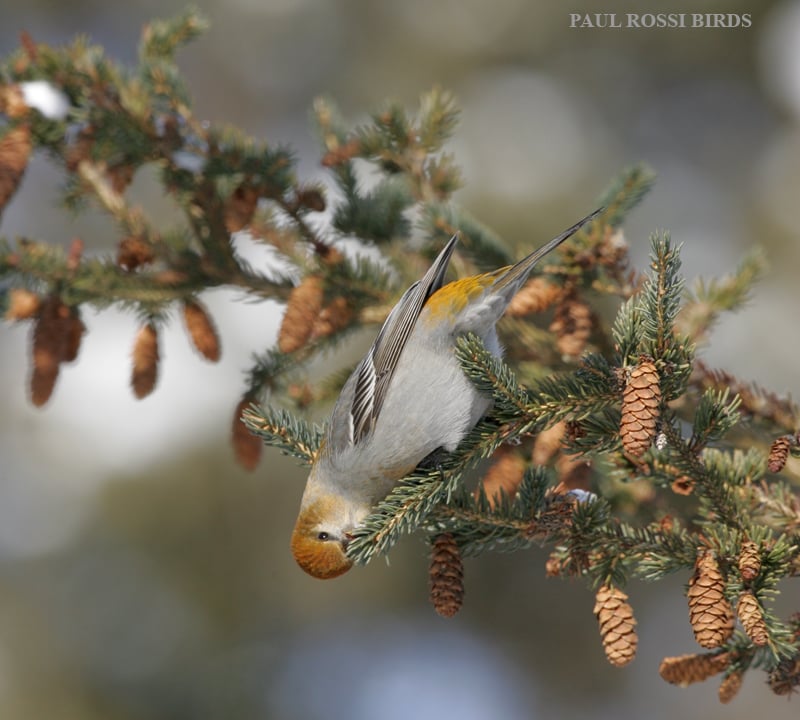
Something as simple as including fall foliage in the shot can help the viewer better understand what the bird's life is like at that moment.
Even better, try capturing action of some sort - a bird foraging, like the one shown above, for example.
Doing so gives the photo some personality and helps viewers connect with a subject in a much deeper way.
Find Ways to Utilize Soft Light
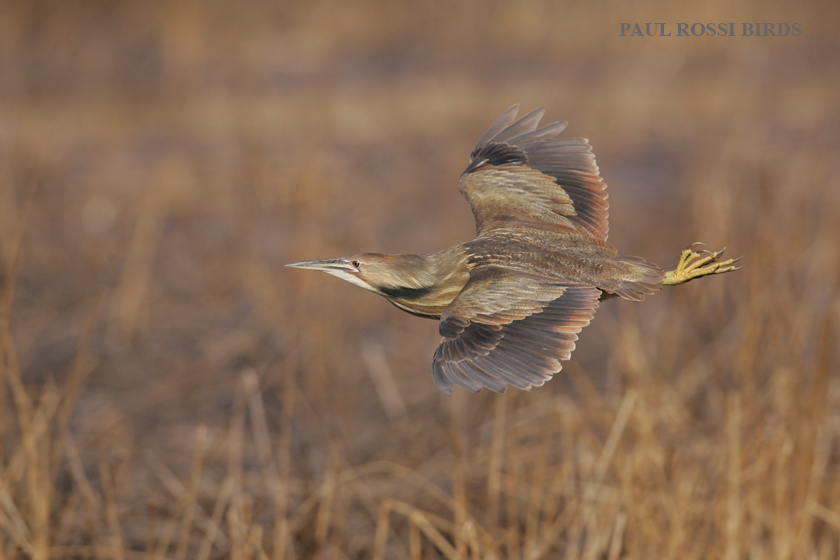
The great thing about soft light is that there's no harsh shadowing to deal with.
Not only that, but the softest light of the day occurs at sunrise and sunset, so there's an opportunity to include beautiful warm tones in the shot as well.
That's beneficial when photographing birds because not only will there not be harsh shadows on the bird itself, but the background will lack harsh shadows, too.
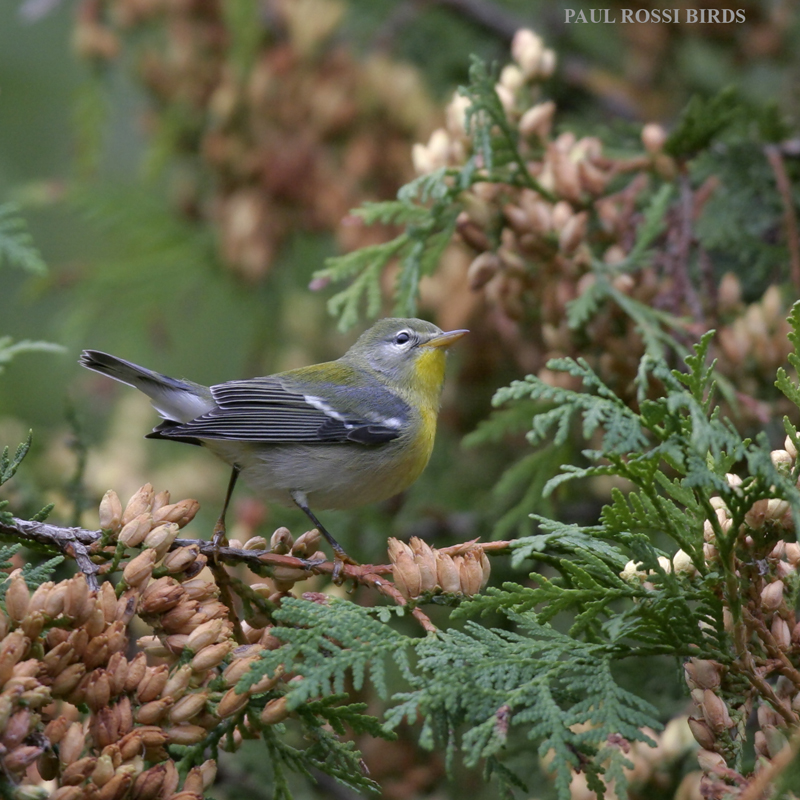
Additionally, early morning or late evening is when birds are most active, so it gives you an opportunity to photograph them foraging, bathing, and conducting other activities.
If you aren't the early morning or late evening type, wait for an overcast day to capitalize on the diffuse light that results from the clouds filtering out the sun's rays.
Sure, you don't get that soft, warm glow that you do by shooting at golden hour, but as you can see in the shot above, there's nothing wrong at all with soft light from cloudy days!
Crop With Purpose
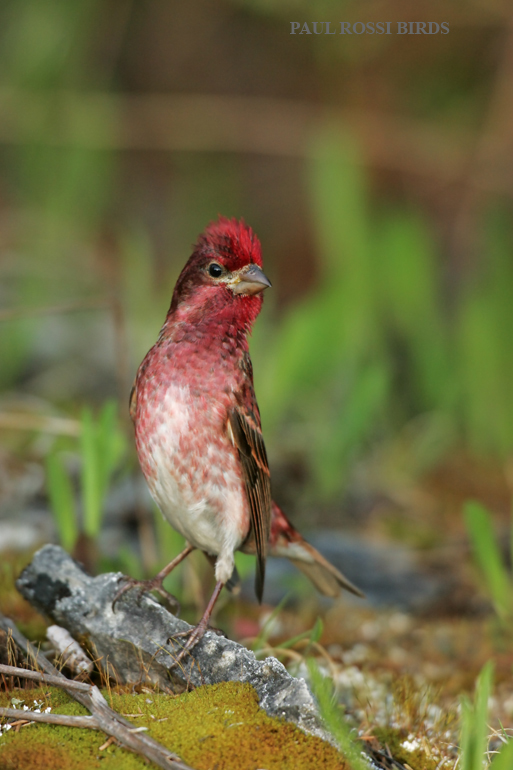
Sometimes, it's best to get a wider shot of a bird that shows a little bit of its environment.
But other times, it behooves you to give the viewer a closer and more intimate view of the bird you're photographing.
In the image above, for example, the image is closely cropped to exclude some of the bird's surroundings. This helps minimize distractions and direct our focus more to the bird.
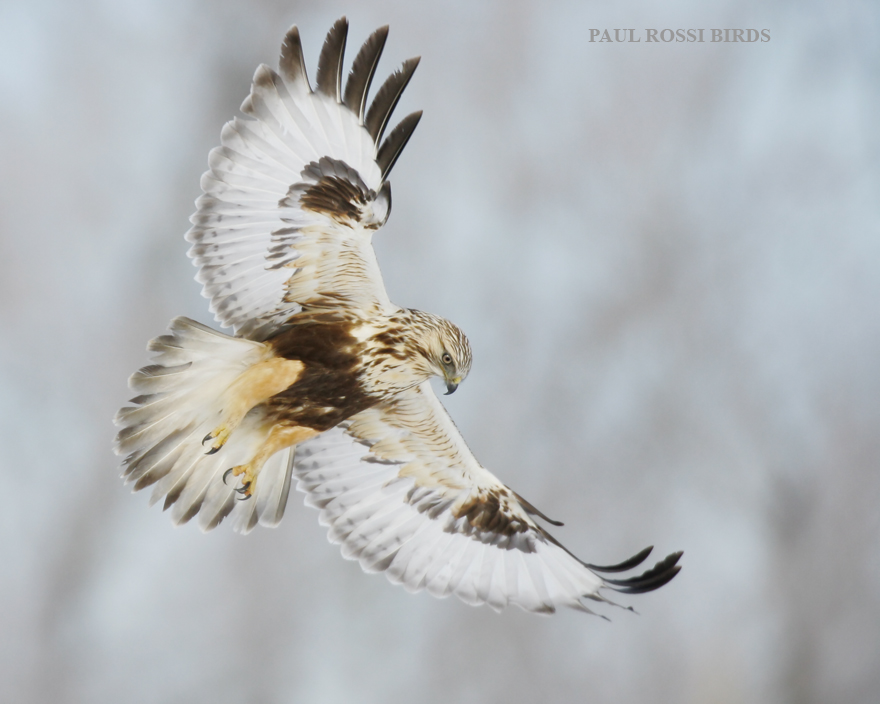
Likewise, in this shot, the star is the bird in flight, with its wings outstretched.
That being the case, there's no reason to frame the image with a wider crop - everything we want to see is right there in the bird.
So, don't be afraid to crop your images (and sometimes do so significantly) if it gives viewers a better look at the bird.
Get Practice With Common Birds
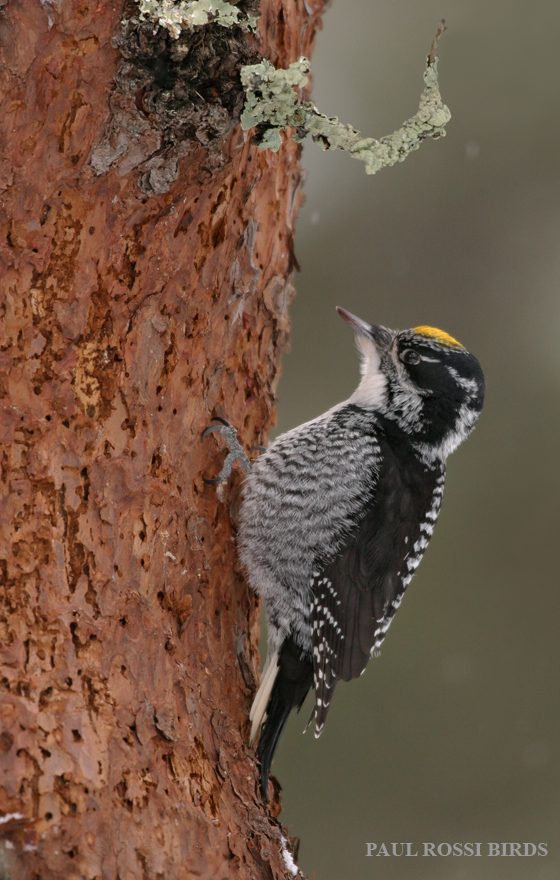
The above bird photography tips are all well and good, but the primary means by which you can improve the quality of your photos is simply to practice, and practice a lot.
Even if that means photographing everyday birds like robins or finches, you can utilize the birds in your own backyard to work on your composition and framing, getting the background just right, finding interesting perspectives, and working out what camera settings work best for different situations.
In the end, it's you that has the most impact on the photos you create, so resist the urge to buy tons of fancy gear and instead focus on educating yourself about how to photograph birds.
Article By:- Photographytalk.com
No comments:
Post a Comment